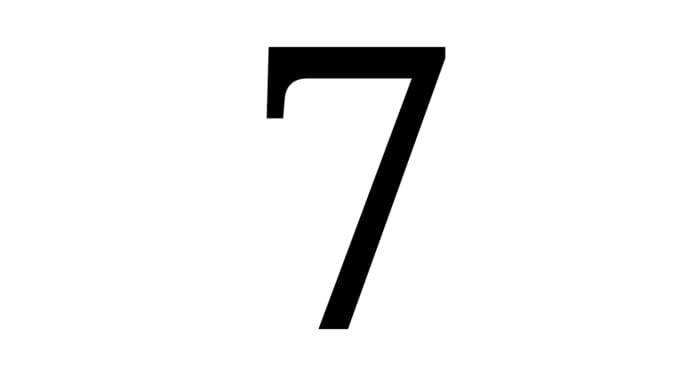
The things you need to know about concealed carry. Legal, comfort, and carry methods are addressed.
It Must be Done Responsibly
Carrying a handgun can save your life and the life of those you love. It can also cause irreversible damage. A must do safe habit is to only touch the trigger when the barrel is pointed at a practice or self-defense target. Also, the general path of bullets should be a safe place to shoot.
Comfort is a Must
Comfort is highly overlooked and under rated. An uncomfortable handgun will get left at home, and a gun left at home will not protect outside the home. A good carry pistol has the most firepower a shooter is happy to carry. It should be so comfortable you forget you have it. Subcompact pistols are the lightest and smallest class of handguns. They often shoot 380 or 9mm. These are highly effective bullets with good shot placement.
Concealing Requires Planning
A carry pistol should be easy to conceal and draw quickly. Some states do not permit open carry. This makes consistent concealment a must. Pistol selection and carry method are the primary factors for concealment.
Carry Methods have Pros and Cons
A concealed carry pistols needs to be both comfortable and easily accessible. These are three very popular methods.
Inside the waistband(IWB) holsters conceal good. These holsters clip onto a belt or pants. They put the holstered gun between the waist and clipped clothing. They hide most of a handgun below the clip. This leaves the grip and back of slide needing to be covered by clothing. Hoodies are a good way to stay warm and concealed a gun. Check out this helpful article here.
Outside the waistband(OWB) holsters clip onto a belt or pants but they are fully outside the clipped clothing. They are more comfortable than inside-the-waist band holsters. However, they are more difficult to conceal. An article of clothing most cover well below the waist to insure concealment.
No holster pocket carry can work will subcompact pistols. It is simple and easy. It can be comfortable with large enough pockets and a small enough gun. Pocket carry can make a raised outline of a gun called printing. This is a legal grey area in states that do not permit open carry. Printing could be considered non-concealed carry and thus illegal in these states.
I pocket carried for more than 10 years. A great article on the benefits and downsides of no holster pocket carry is here.
You Have to Know Some Laws
There are several legal considerations with carrying a handgun in public. A carry permit does not nullify the rights of property owners. Also, the various levels of government restrict gun possession at certain times and places. Furthermore, police interactions need to be considered.
You should know how your state, state, and county laws regarding the following.
Private property: Most states allow business to ban firearms by posting a state approved sign at the entrance. Generally, hospitals like other businesses can place signs banning firearms. Also, some states require explicit approval from a church leader to carry in the place of worship. Mississippi bans firearms in church with an exception for church security team members.
Federal Property: Carry pistols are prohibited in Post Offices and Federal buildings. Possession of firearms is lawful in National Park Service administered parks as long as an individual is not otherwise prohibited from firearm possession by Federal or State law. This means that concealed carry permit holders can carry in NPS parks. Also, in constitutional carry states an individual may carry in these parks without a permit. The NPS honors carry permit reciprocity. Possession of firearms in National Park Service buildings is illegal.
State Parks: Most state parks allow permit holders to concealed carry. This article shows the concealed carry park policy for every state and Washington D.C.
Schools: Federal law prohibits personal firearms on public and private k-12 schools. Federal law does not prohibit concealed carry on college campuses. States laws take one of three positions in regard to campus carry. Some allow permit holders to carry on campus. Others prohibit all personal firearms. Some states allow the institutions themselves to allow or ban handgun carry.
Police traffic stops: States differ on the legal obligation to inform police about guns in a vehicle. Most require a truthful answer if asked. Other states require informing police even if they don’t ask.
Stand your Ground or Duty to Retreat: Most states do not require retreating to avoid using lethal self-defense. However, some states require fleeing if possible before using lethal self-defense. I found each states position on self-defense and retreating. Check out the complete list here.
The Cost of Concealed Carry
Carrying a gun costs money. It is a few hundred dollars for a permit class and a few hundred more for a gun. A Kel-Tec pf9 is a tiny, comfortable 9mm. It costs less than $300. Higher firepower options like glock, sig, or CZ cost about $600. Quality self-defense bullets are about a dollar each. Practice ammunition costs about 22 cents a bullet for 9mm. Practice is the most expensive thing about being a skilled concealed carry shooter.
Practice Shooting to get Good
Owning a car does not make someone a good driver. Owning a handgun doesn’t make someone a skilled and responsible shooter. Shooting fast and accurate at the same time requires practice. Shooting a few hundred rounds a month will keep those shooting skills fresh and effective.